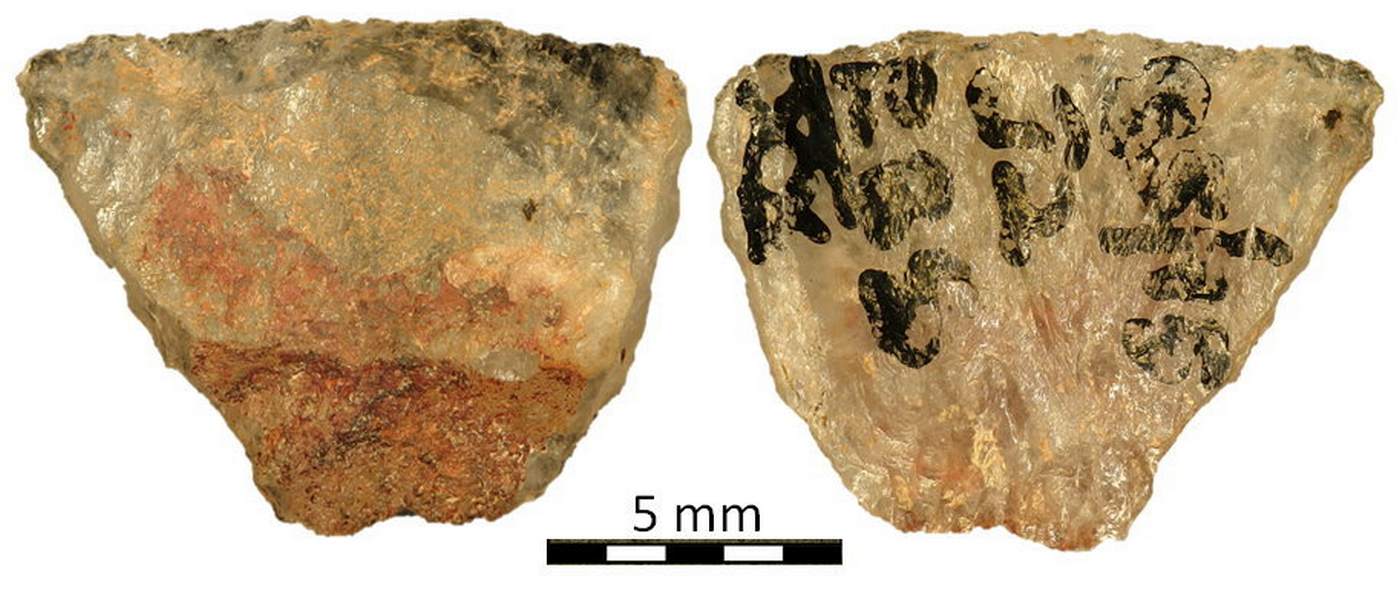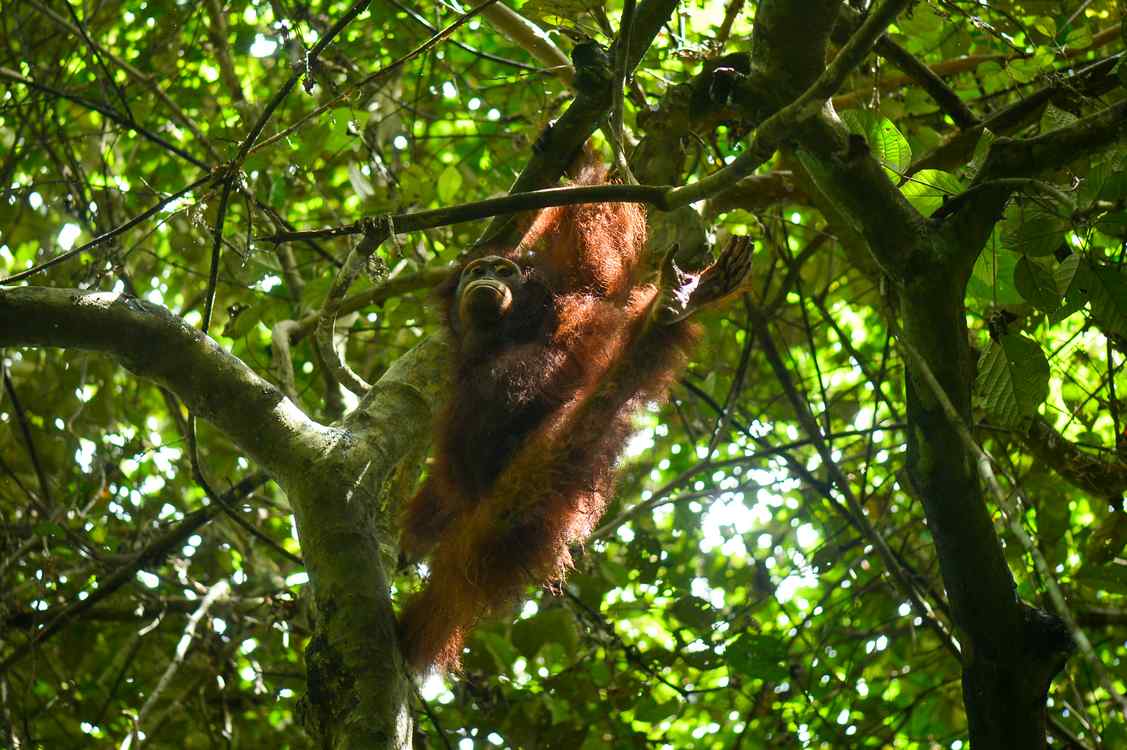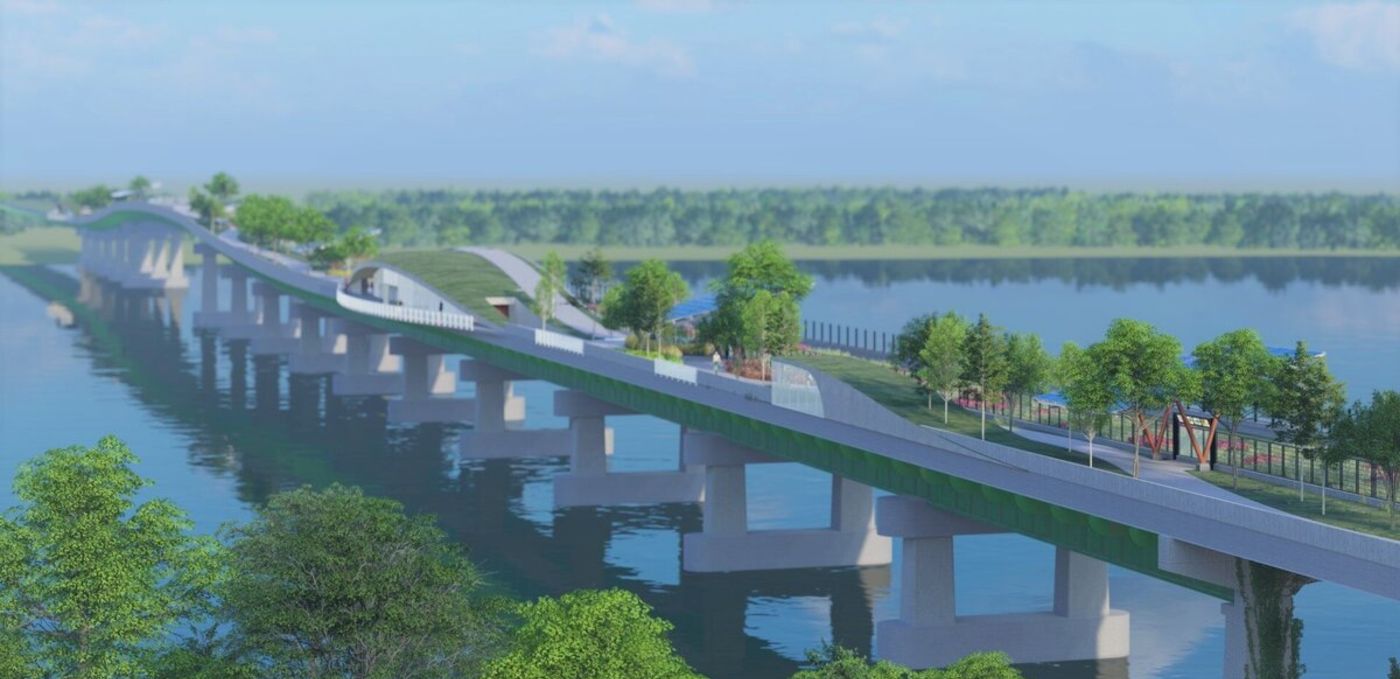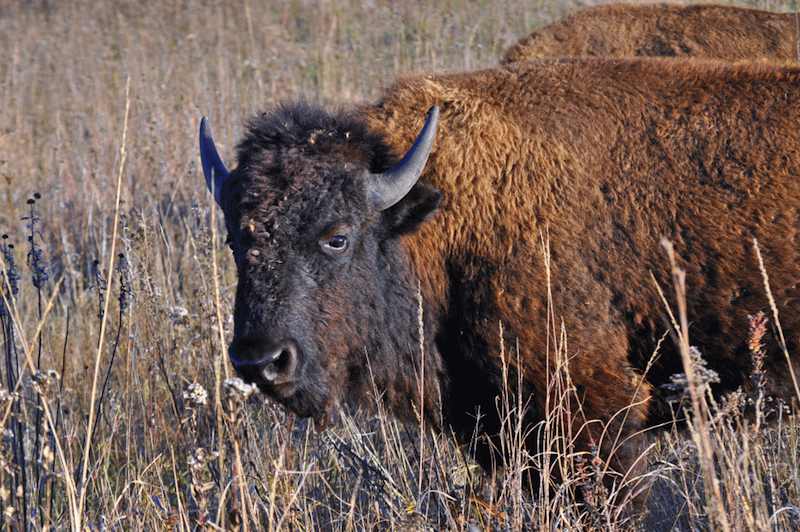
For thousands of cross-country tourists, the Mississippi River is one which is for crossing, not seeing. But what if the crossing bridge was a beautiful pedestrian walkway filled with American bison?
The aptly named Bison Bridge is a proposition to reconnect America’s most iconic animal with its historic habitat in the most creative of ways—by repurposing an aged bridge slated for demolition as a wildlife crossing which provides safe passage for bison herds.
When local Mississippi River advocate and President & Founder of Living Lands & Waters Chad Pregracke proposed the idea for a Bison Bridge National Park to span the river and connect the Quad Cities spanning the states of Iowa and Illinois, it caught on immediately, and quickly earned endorsements and publicity.
Unveiled to the public on March 18th, as of the first week of April the Bison Bridge Foundation had attracted 27,000 signatures towards a goal of 50,000.
Along with saving Illinois millions in demolition costs, city authorities and regional planners hope re-purposing Fred Schwengel Memorial Bridge on the I-80 will draw tourists to a part of the country where the population hasn’t risen in 30 years.
“It’s a fantastic idea, a heck of a vision,” Kevin Marchek, who worked over 39 years for Illinois Department of Transportation, told local news last month. “We’ve just got to keep pushing this until it comes to fruition.”
The Chicago Tribune described the project as “a dream” and “too charming and creative to reject out of hand,” in an editorial, and several Tribal Nations also see it as a great way to shine a spotlight on the area.
Uniquely American
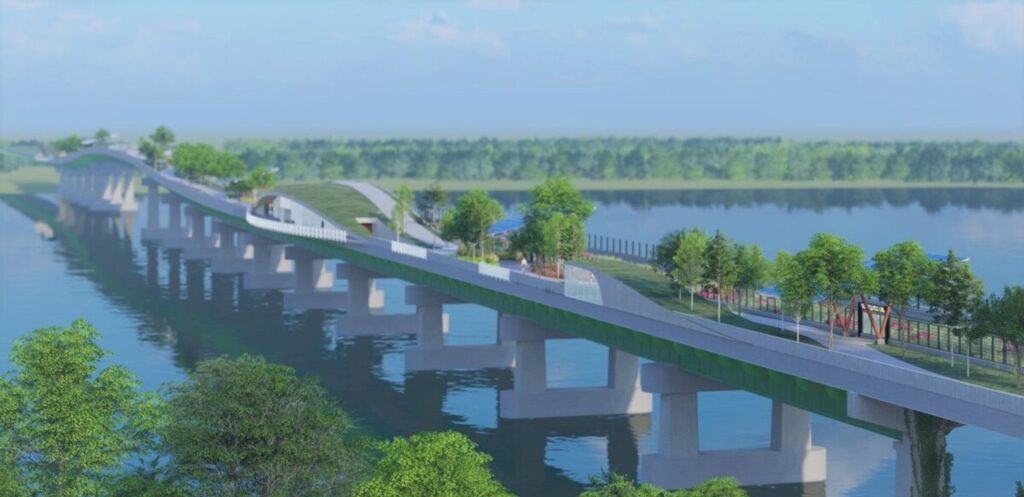
The bridge, which would be the longest wildlife crossing on Earth, would feature an enclosed strip of prairie running across it, with viewing stations where passing pedestrians can observe the bison. Artist renderings put the bridge guardrails in glass, with chic cafes alongside them, to offer a comfortable and unobstructed view of the mighty Mississippi and the roaming animals.
For the Eastern Shoshone, the project offers a reconnection for both themselves and for other Americans to the heritage of the Plains Indians.
Jason Baldes, a tribal member, works for the National Wildlife Federation non-profit as tribal bison coordinator.
“The bison was known as the life commissary for my grandmas and grandpas,” Baldes told The Guardian. “It was food, clothing, shelter, and was also central to our cultural and spiritual belief systems.”
They were also essential to the plains as an ecosystem, acting as a “keystone species,” meaning that like the keystone in an arch, they held all the bricks together.
The vast herds which once totaled between 30 and 60 million stampeded across the landscape, trampling rampant growth, spreading seeds hither and yon, and allowing a very diverse mix of plants to grow, creating rich biodiverse soils. Their fur once shed is an important nesting material, and borrowing owls used to rely on their dung for making nests.
RELATED: Wild Bison Are Returning to England’s Forests for the First Time in 6,000 Years
They’re living history, not only for the Native Americans, but for the history of American conservation, which one could say started with the bison when reckless overhunting brought their numbers down to just 300.
“But it’s not only important to Native American tribes, but it’s important to the American people to at least have an opportunity to learn about this history,” said Baldes. A true statement indeed.
(WATCH the video pitching the Bison Bridge project below.)
HELP Good News Roam—Share This Story on Social Media…


